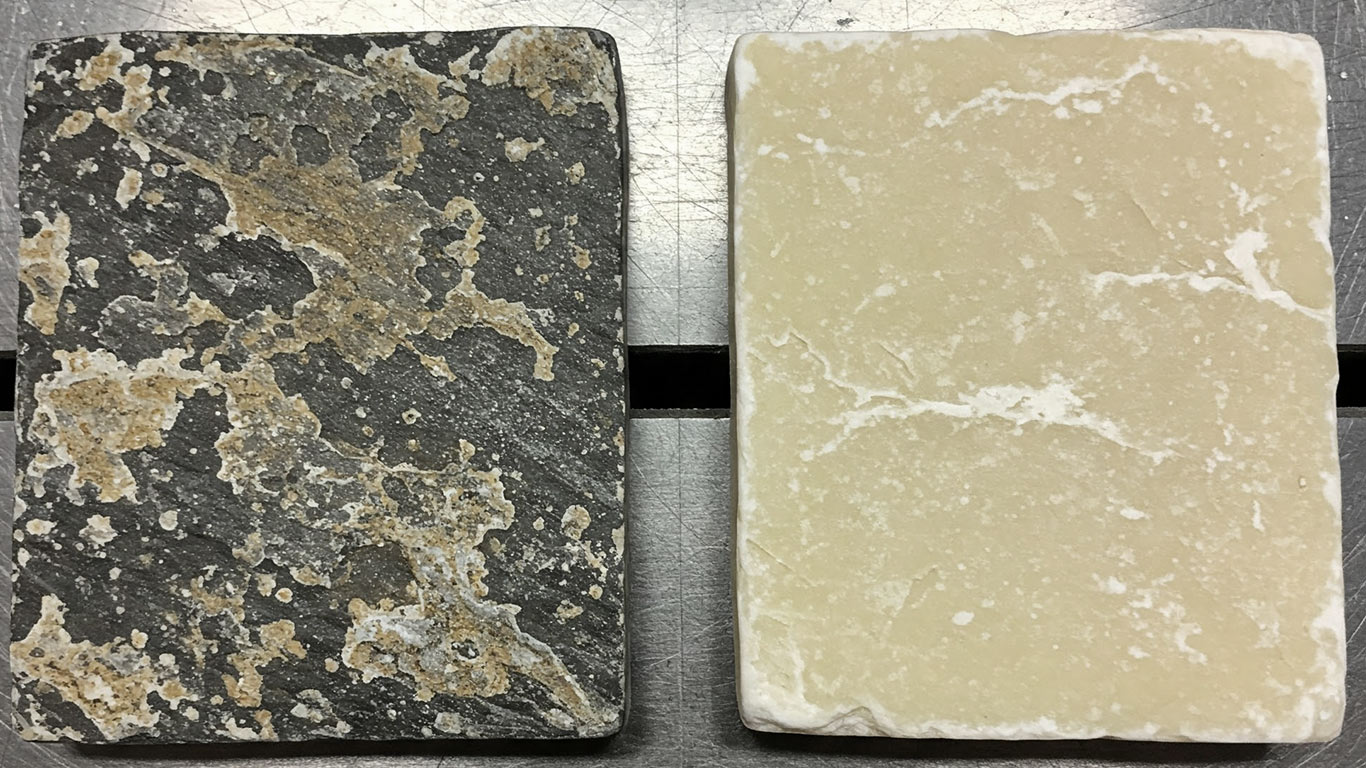
FDA
FDA 21 CFR 1040.10 - Laser Product Performance Standards



Soapstone differs from hard stones. Softness allows gentle laser cleaning. Contaminants detach easily and surface preserves integrity. Treatment applies, thus restoration enhances for heritage. Challenges arise from sensitivity, so control matters.
When examining the contaminated soapstone surface at high magnification, dark specks of grime cling tightly to the uneven texture. Tiny particles scatter across the pitted areas, making the stone look dull and irregular. Layers of dust obscure the natural patterns underneath.
After laser treatment, the soapstone surface gleams with a smooth, uniform finish. Fine details of the stone's grain emerge clearly without any residue. The cleaned areas reveal a consistent, vibrant appearance overall.

FDA 21 CFR 1040.10 - Laser Product Performance Standards

ANSI Z136.1 - Safe Use of Lasers

IEC 60825 - Safety of Laser Products

OSHA 29 CFR 1926.95 - Personal Protective Equipment